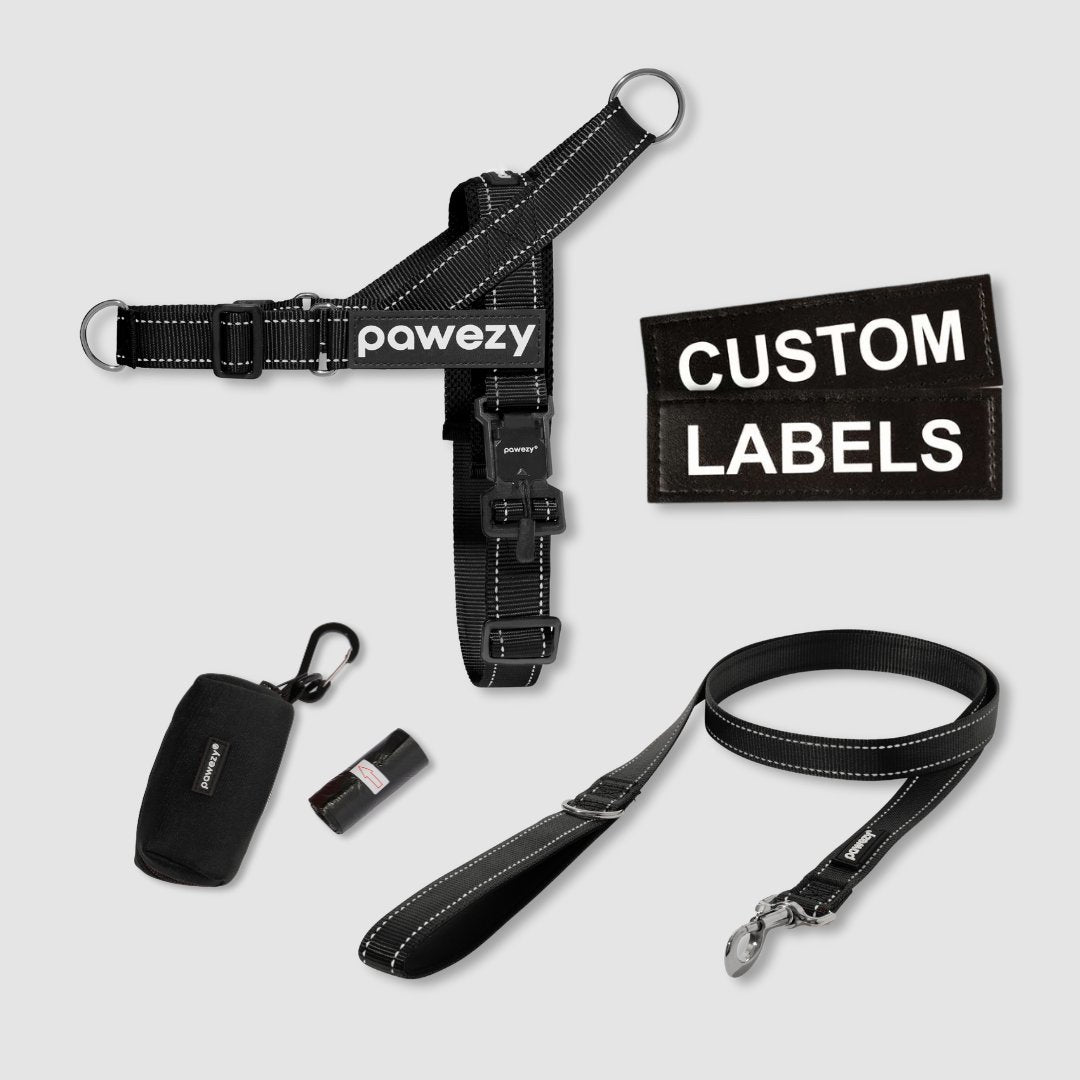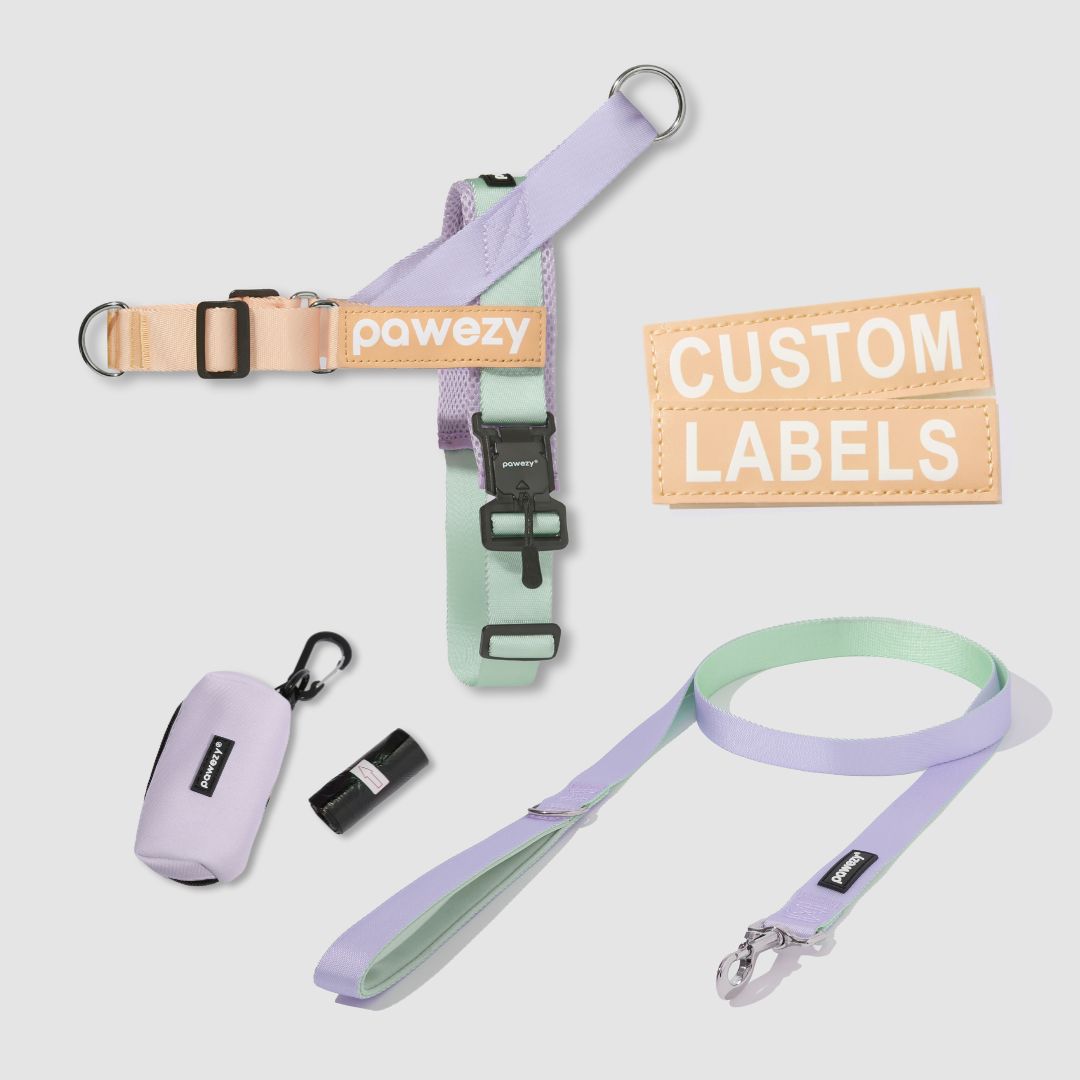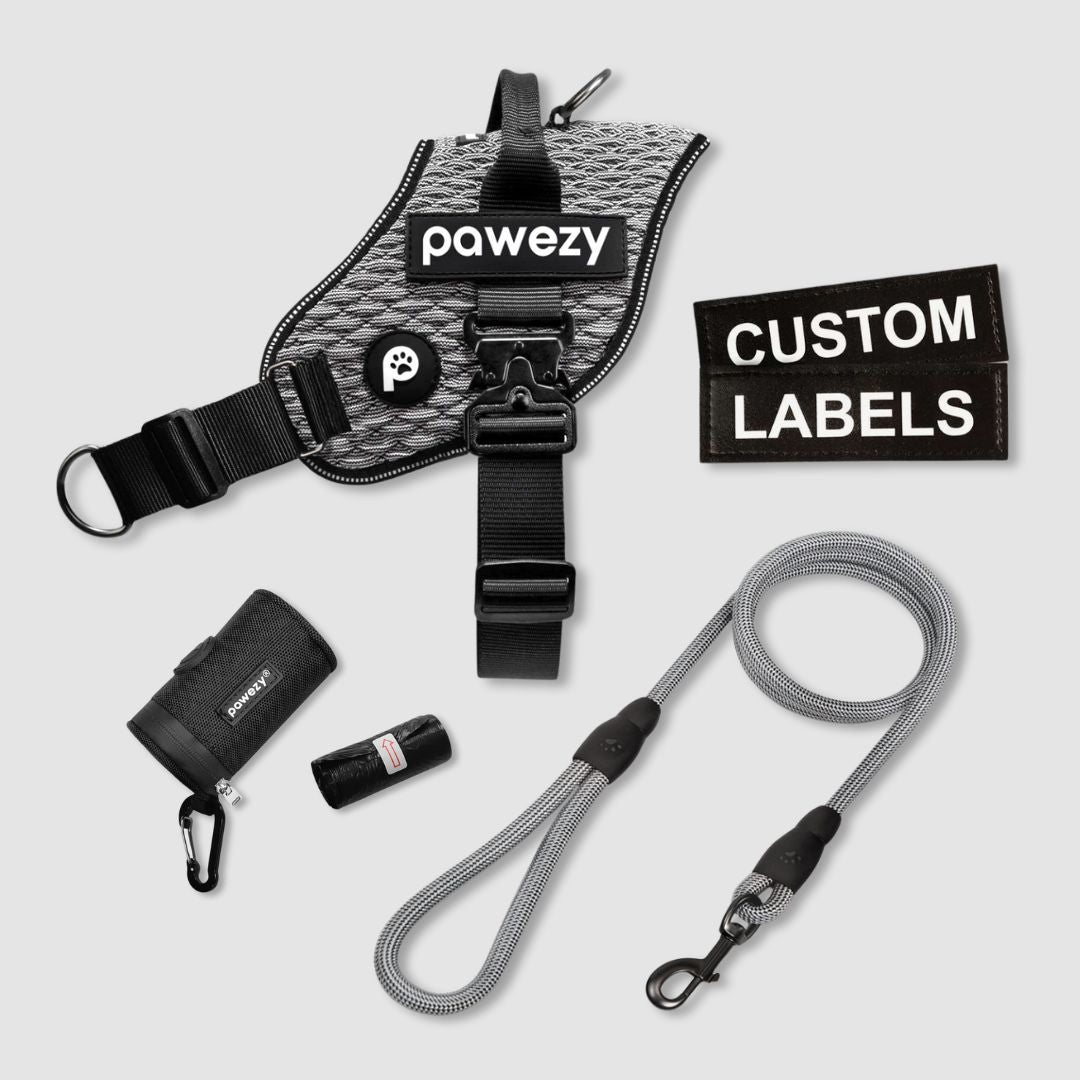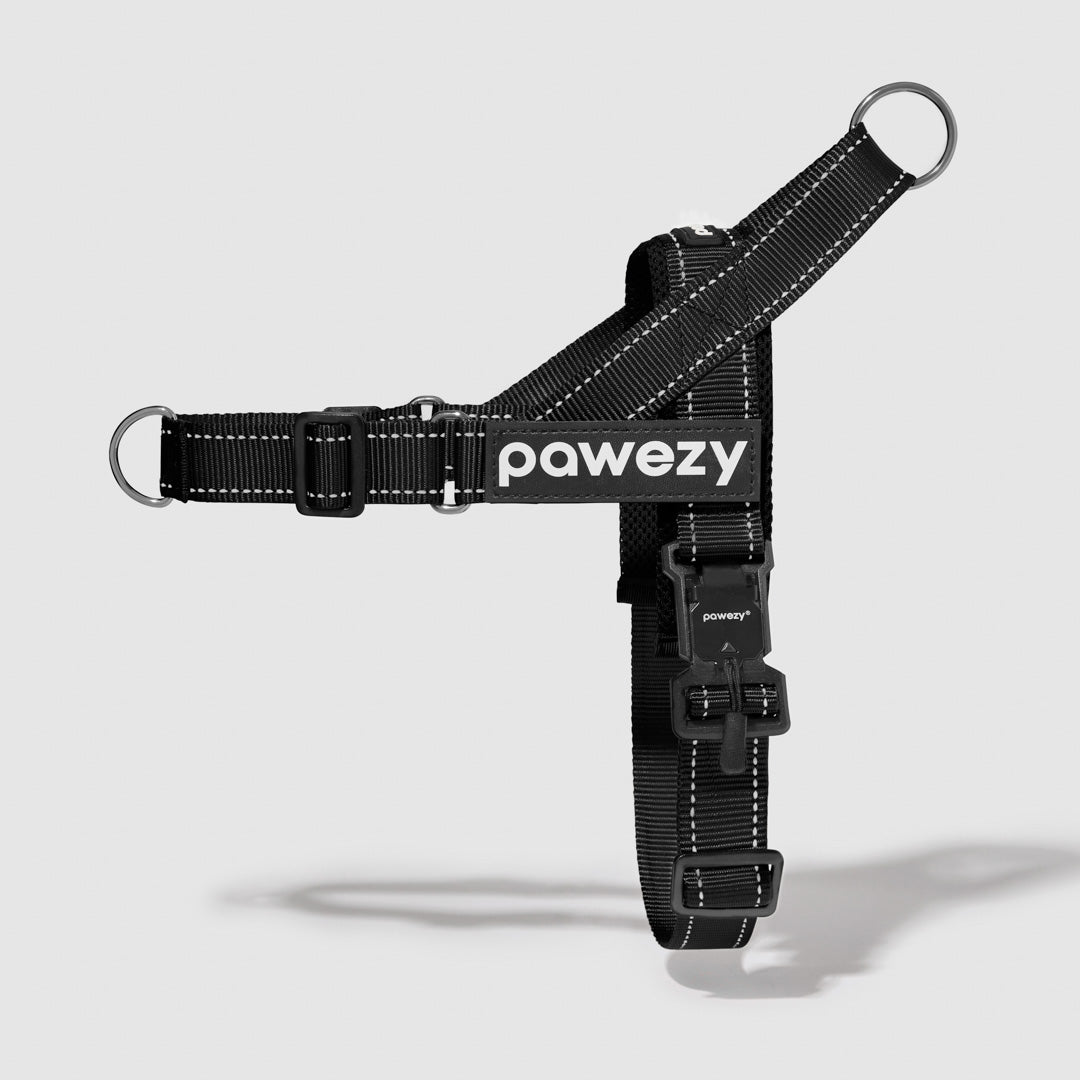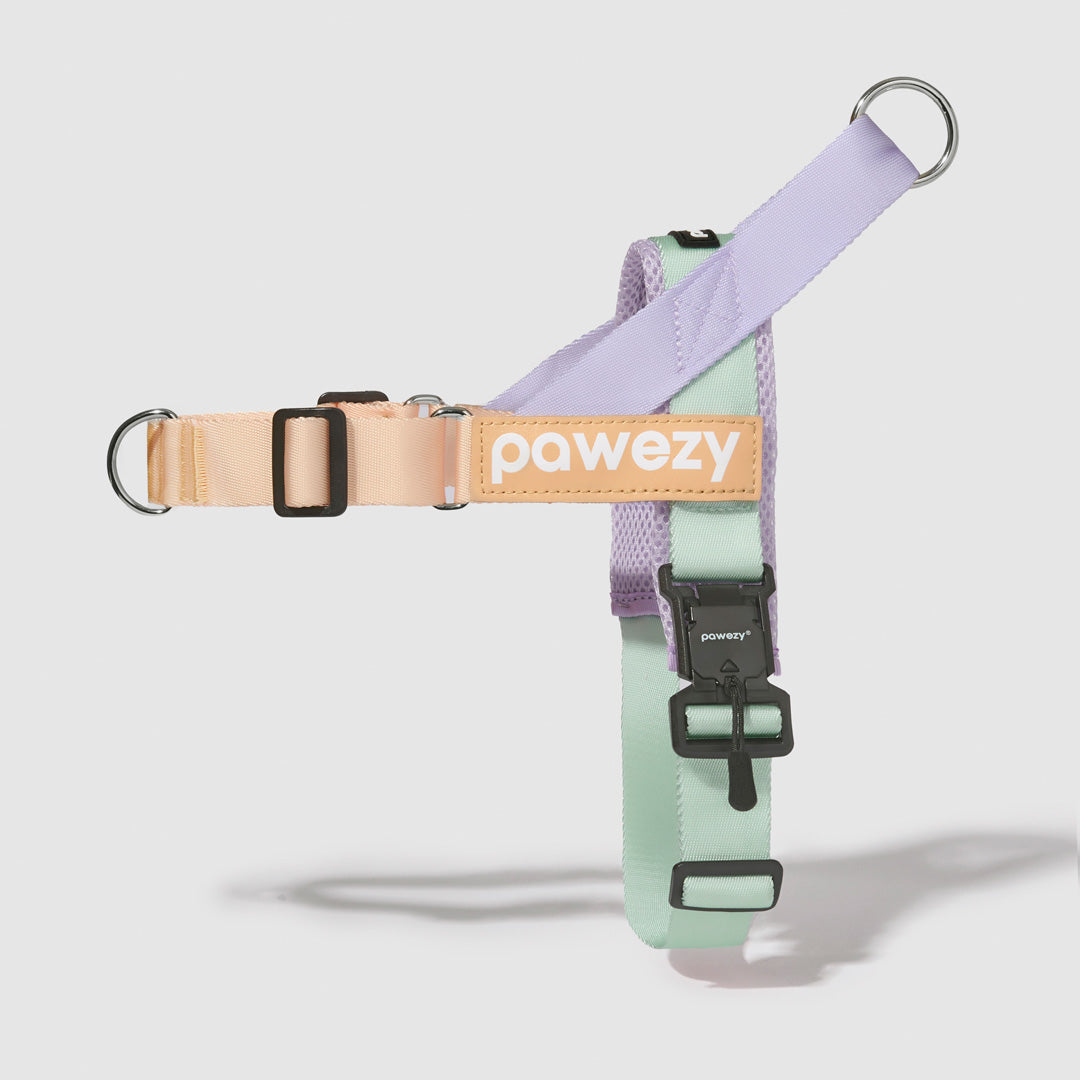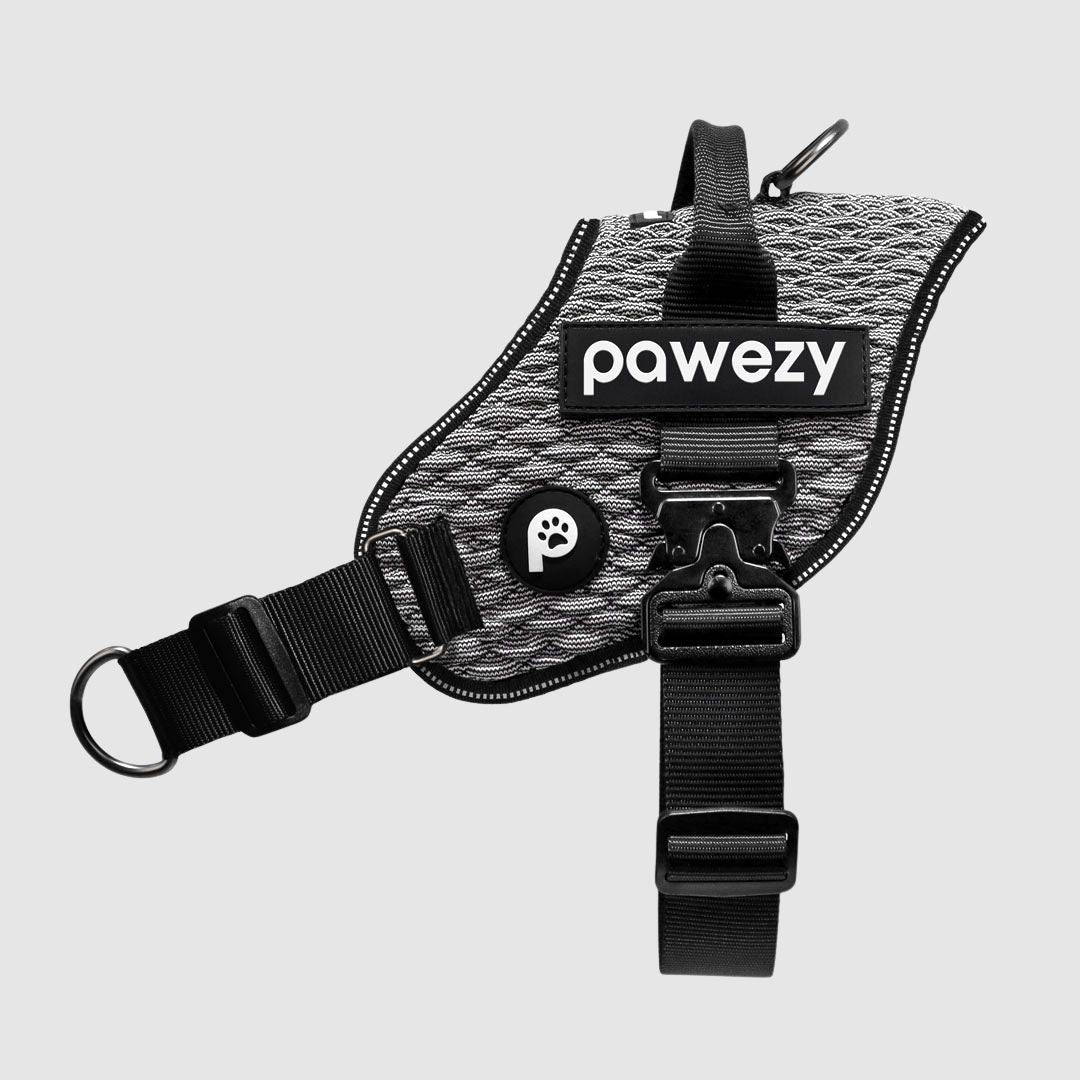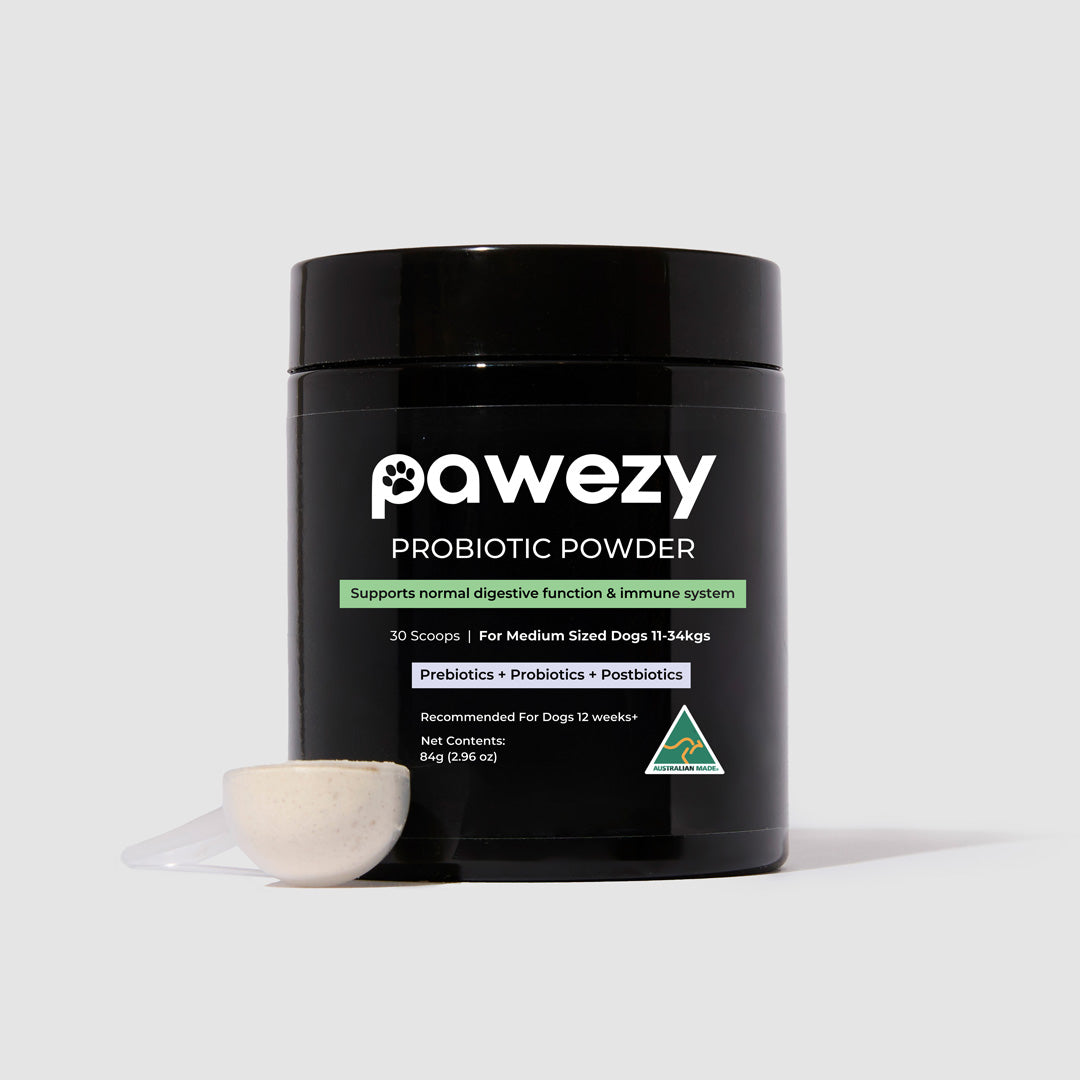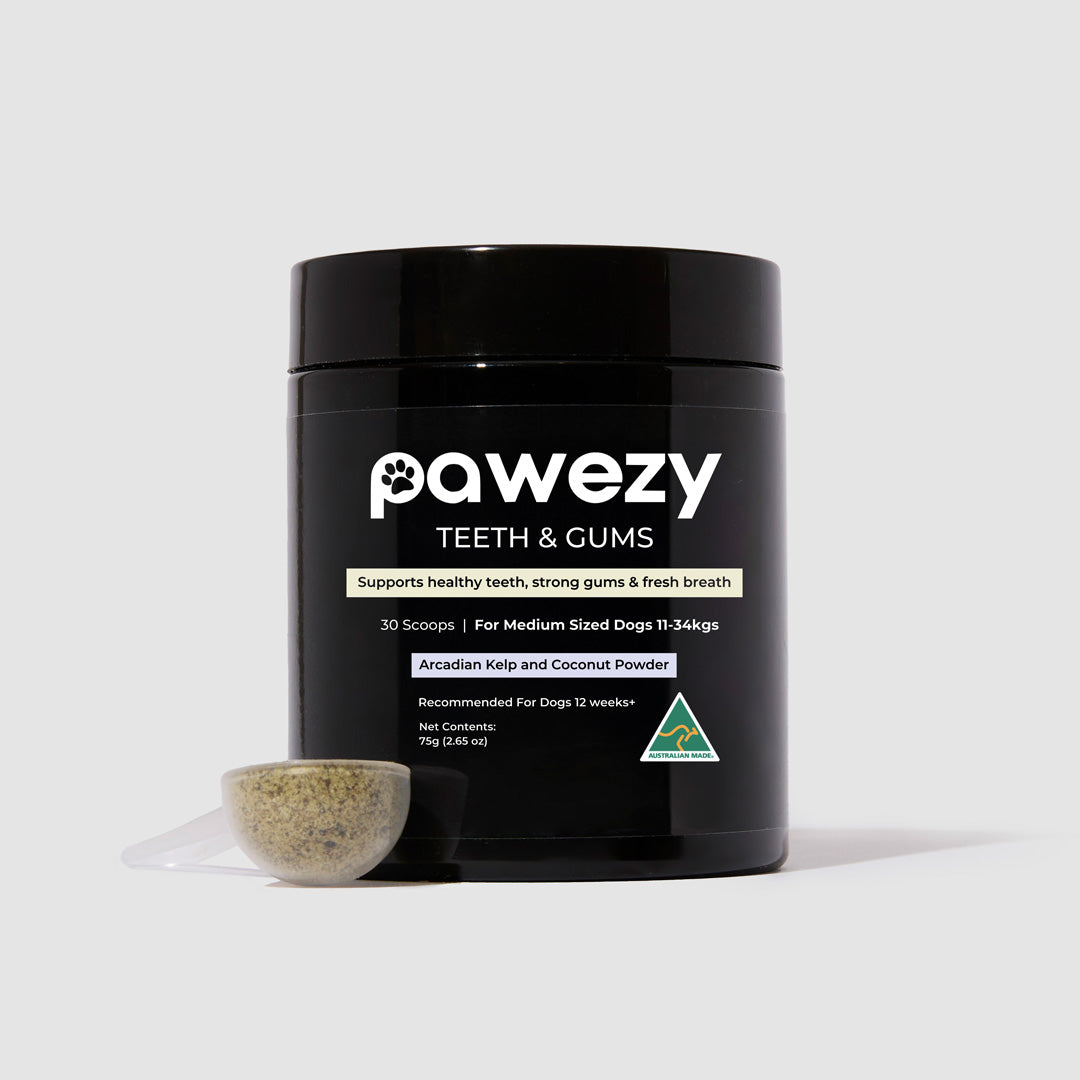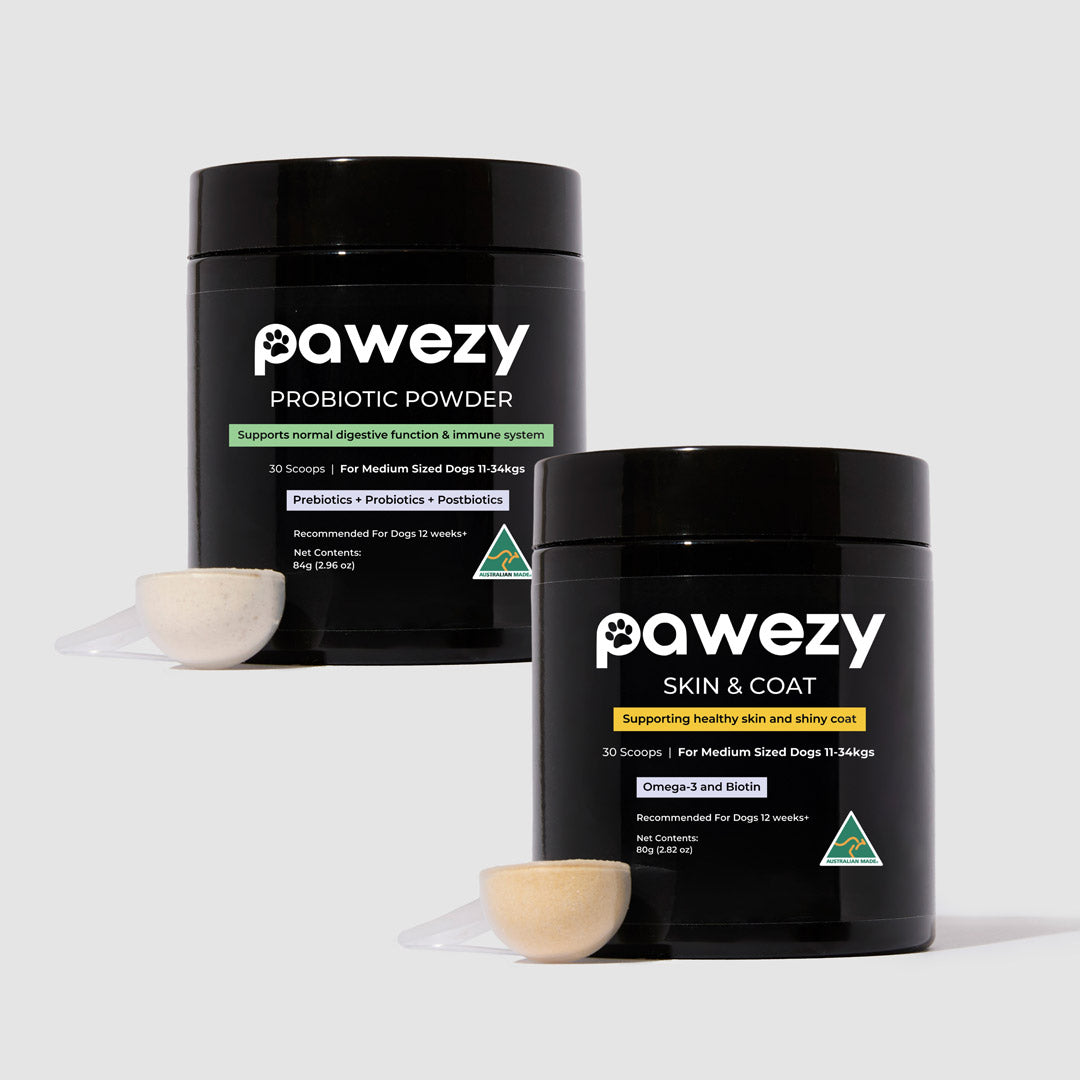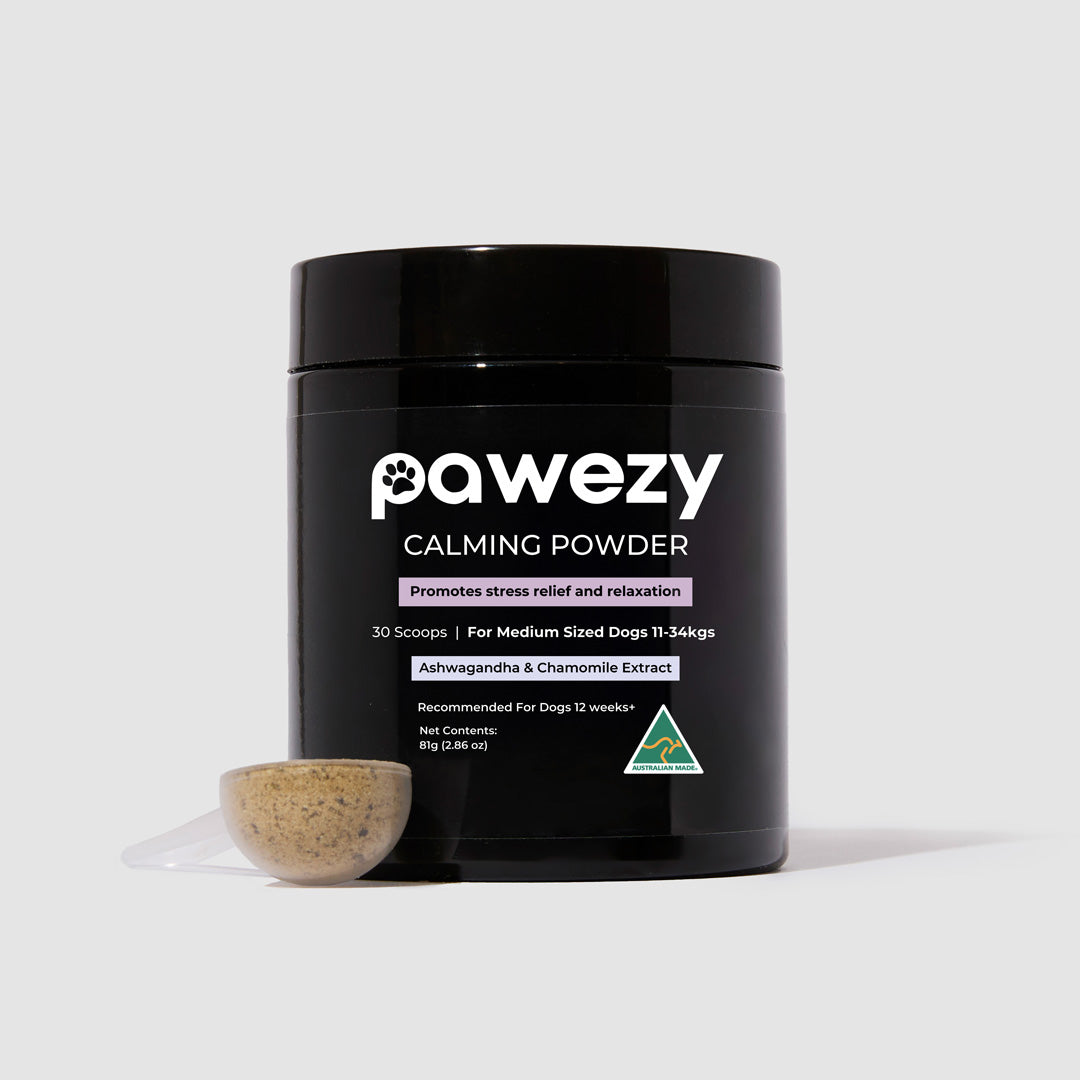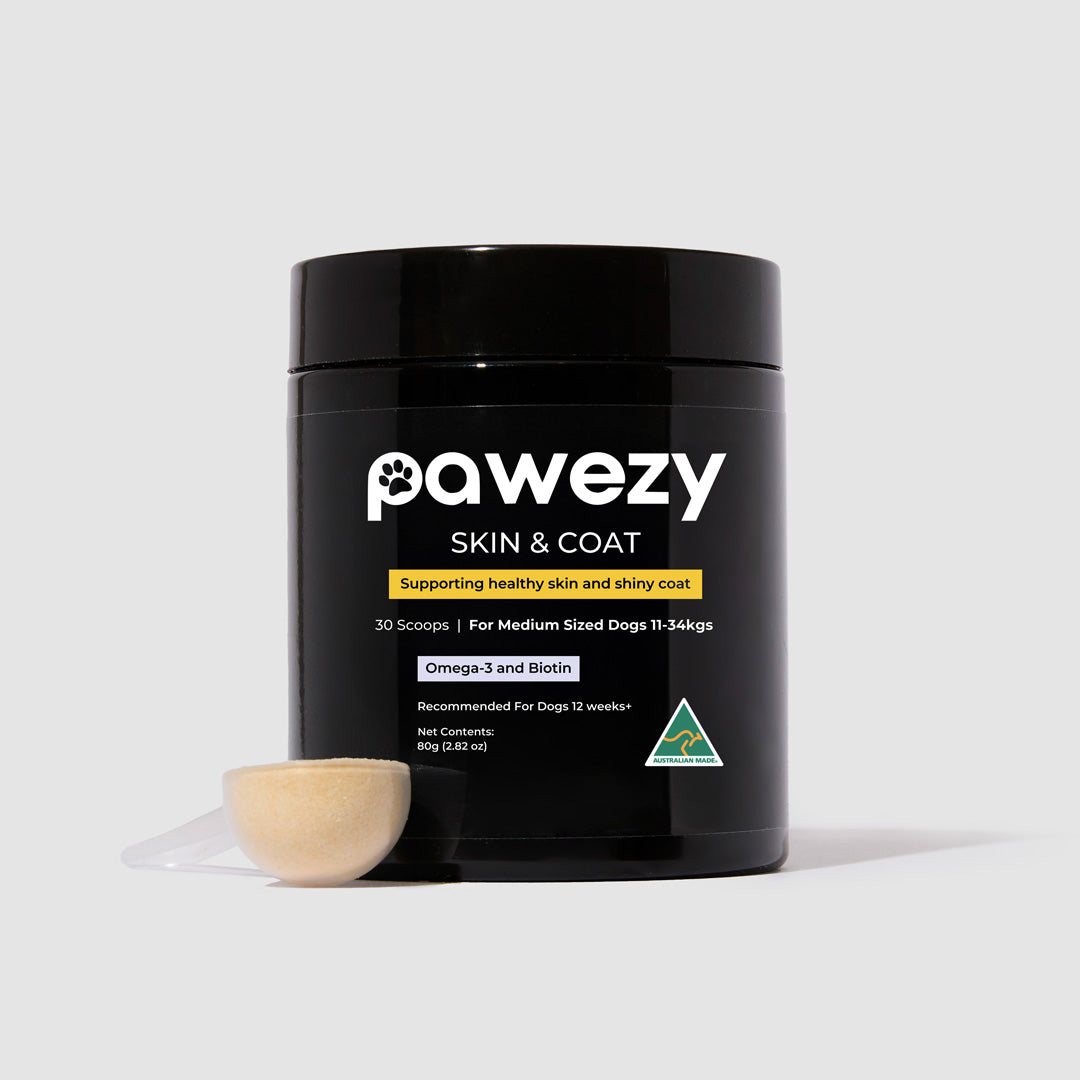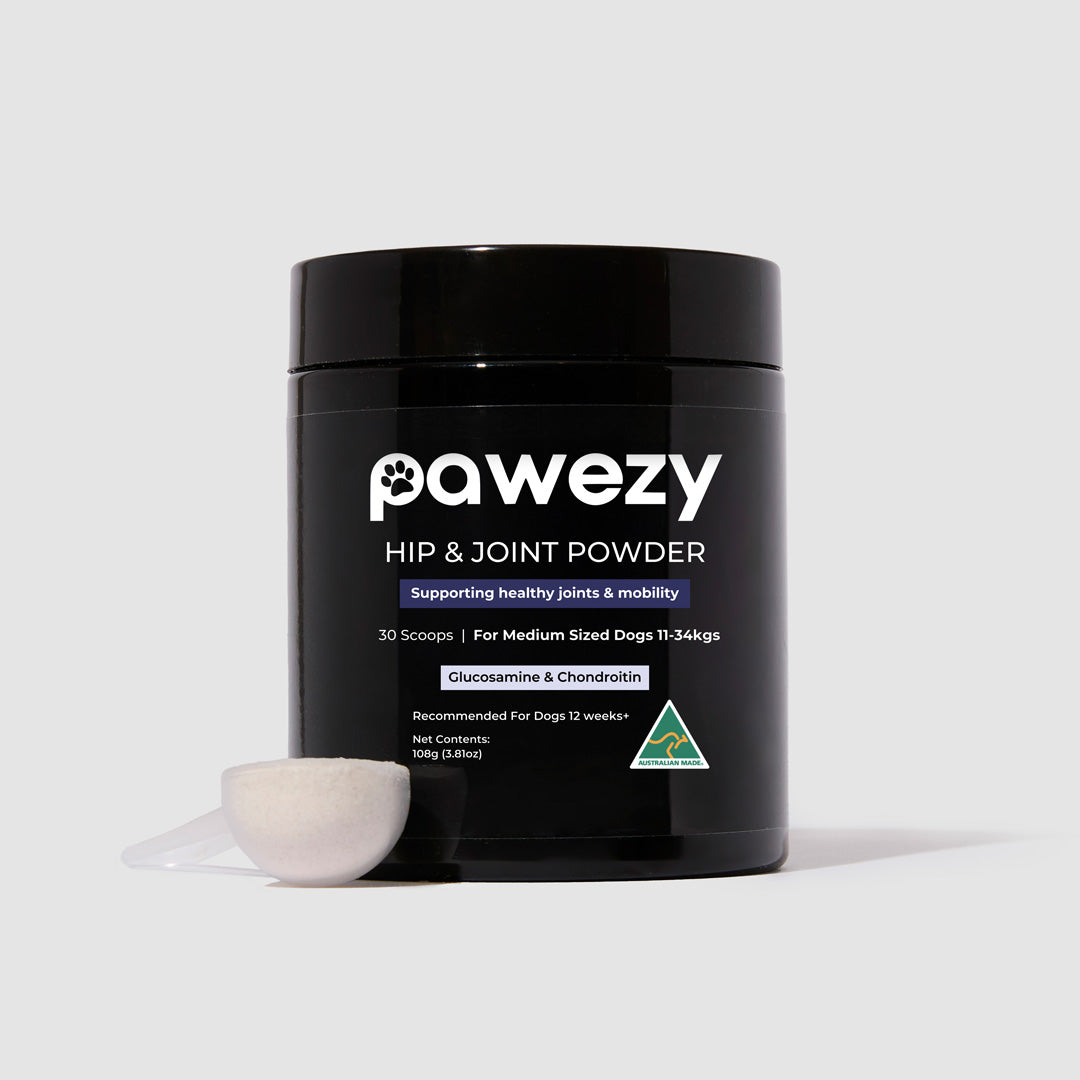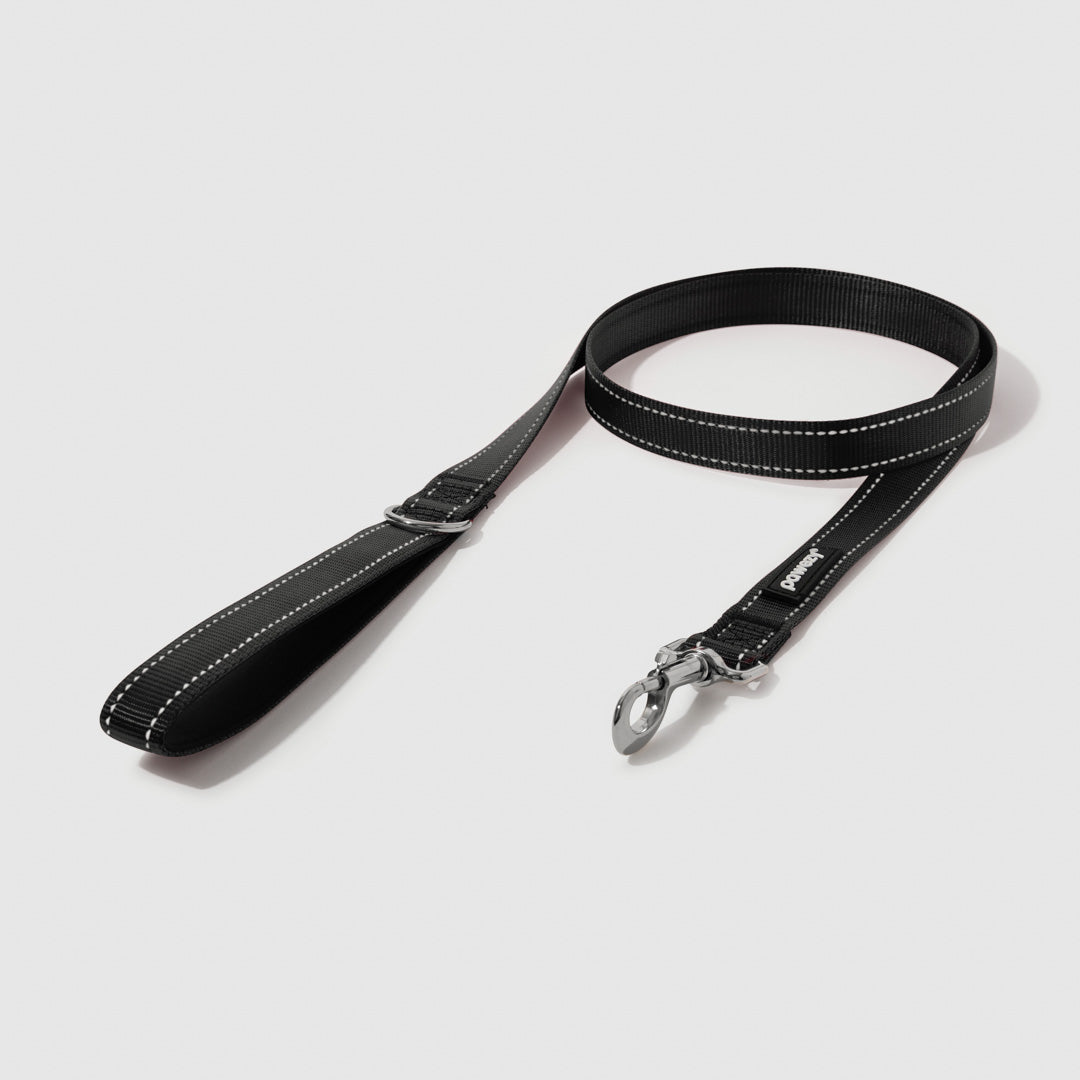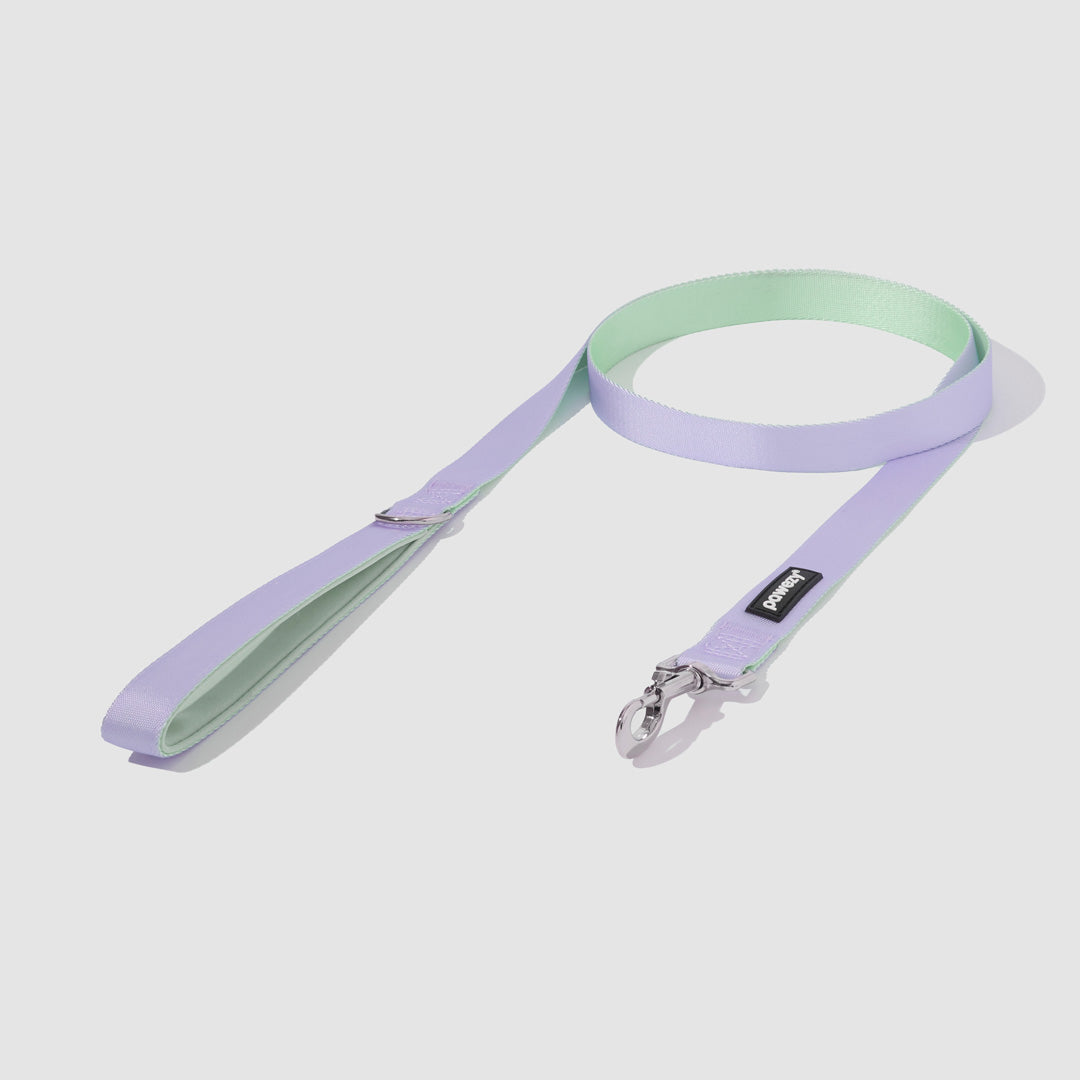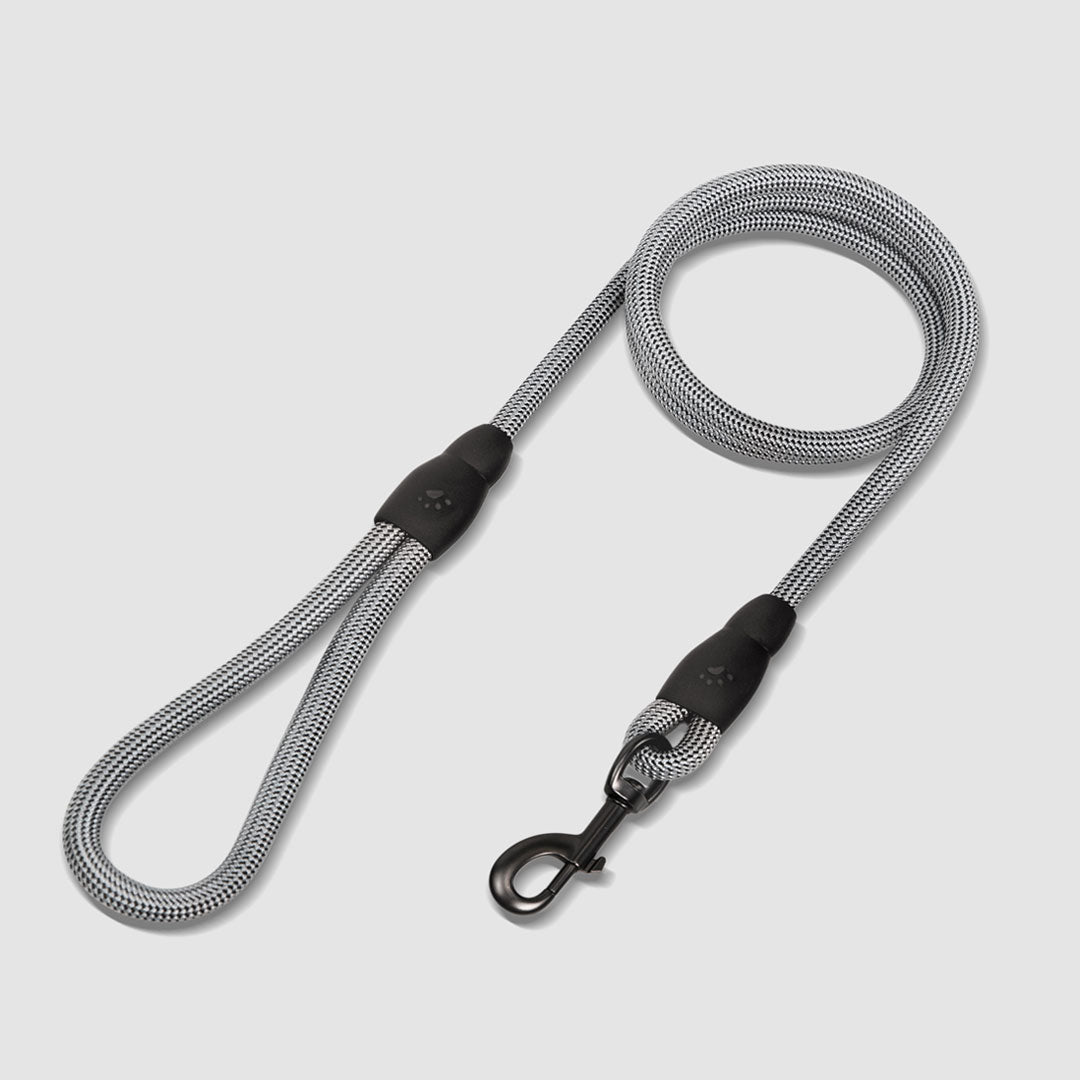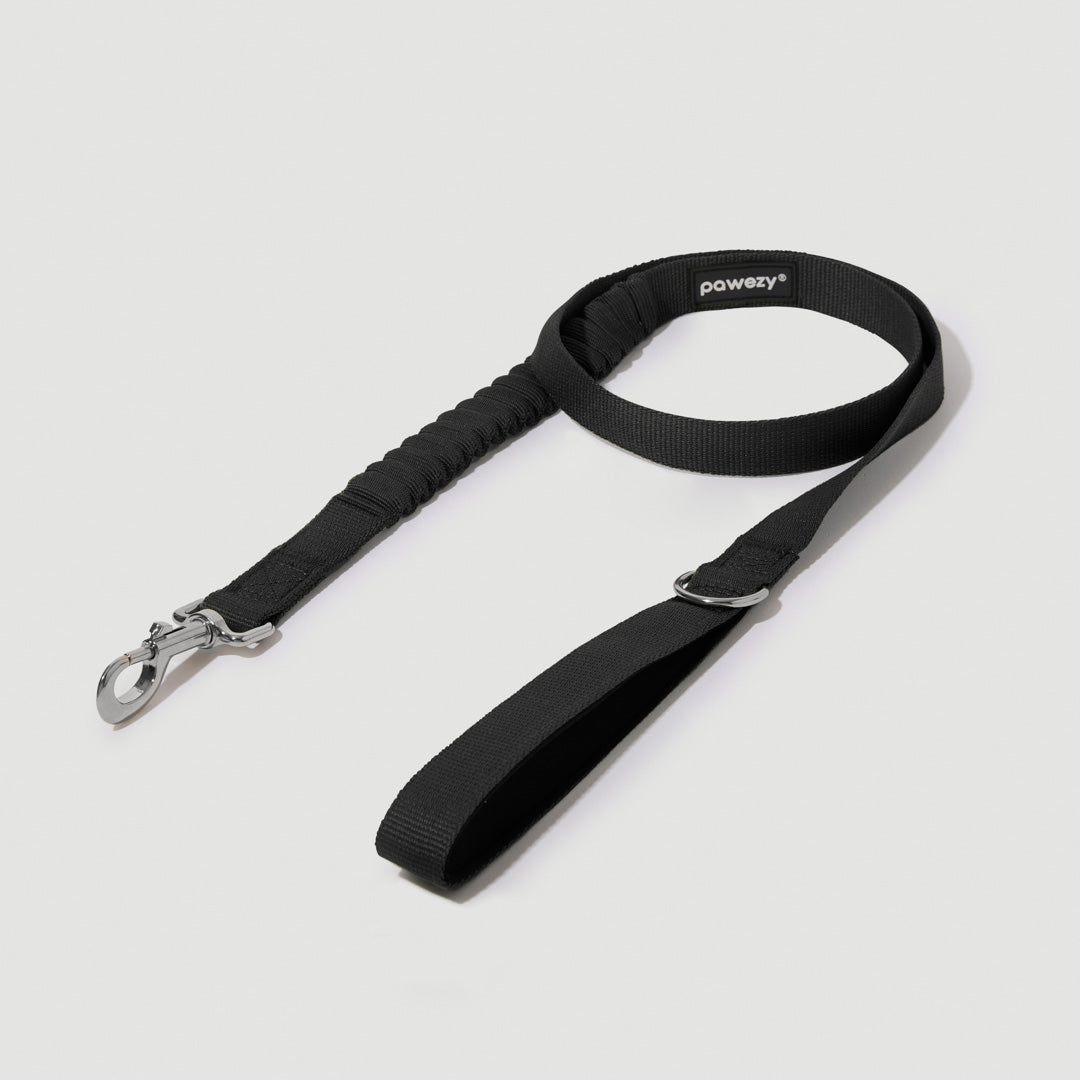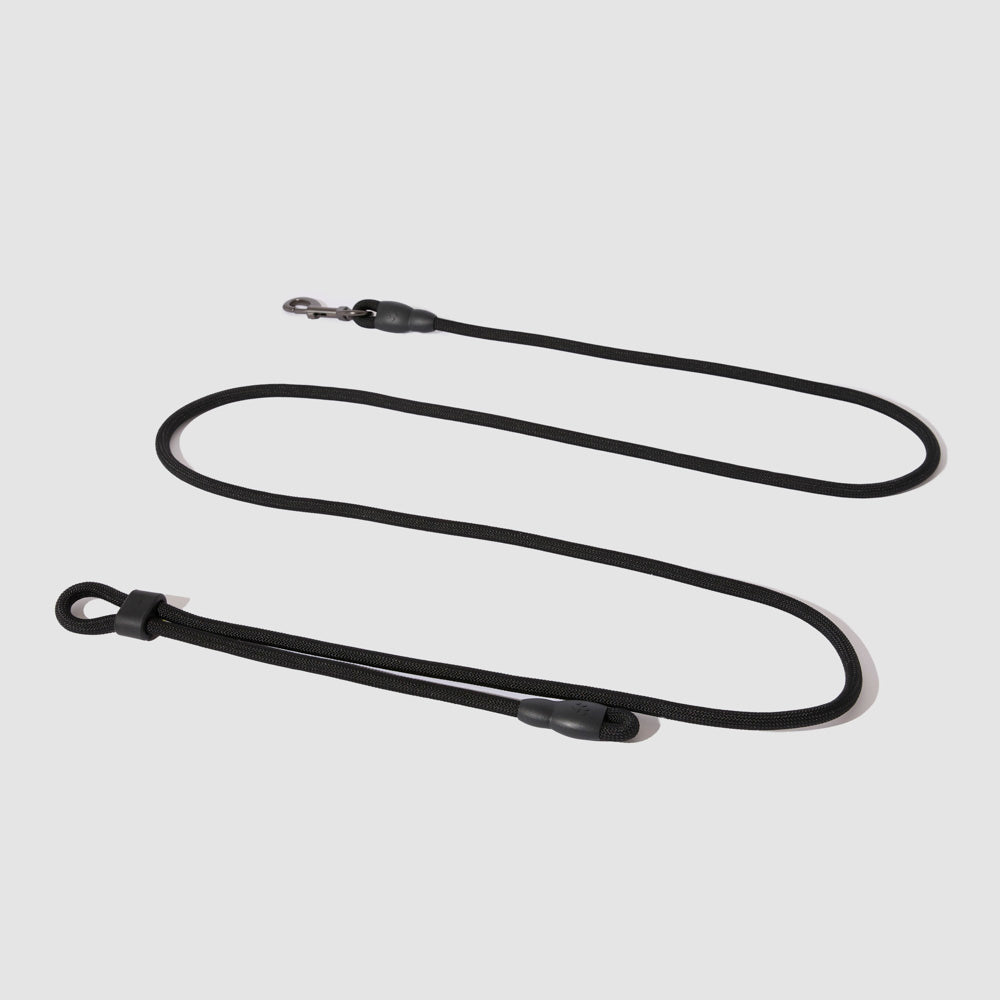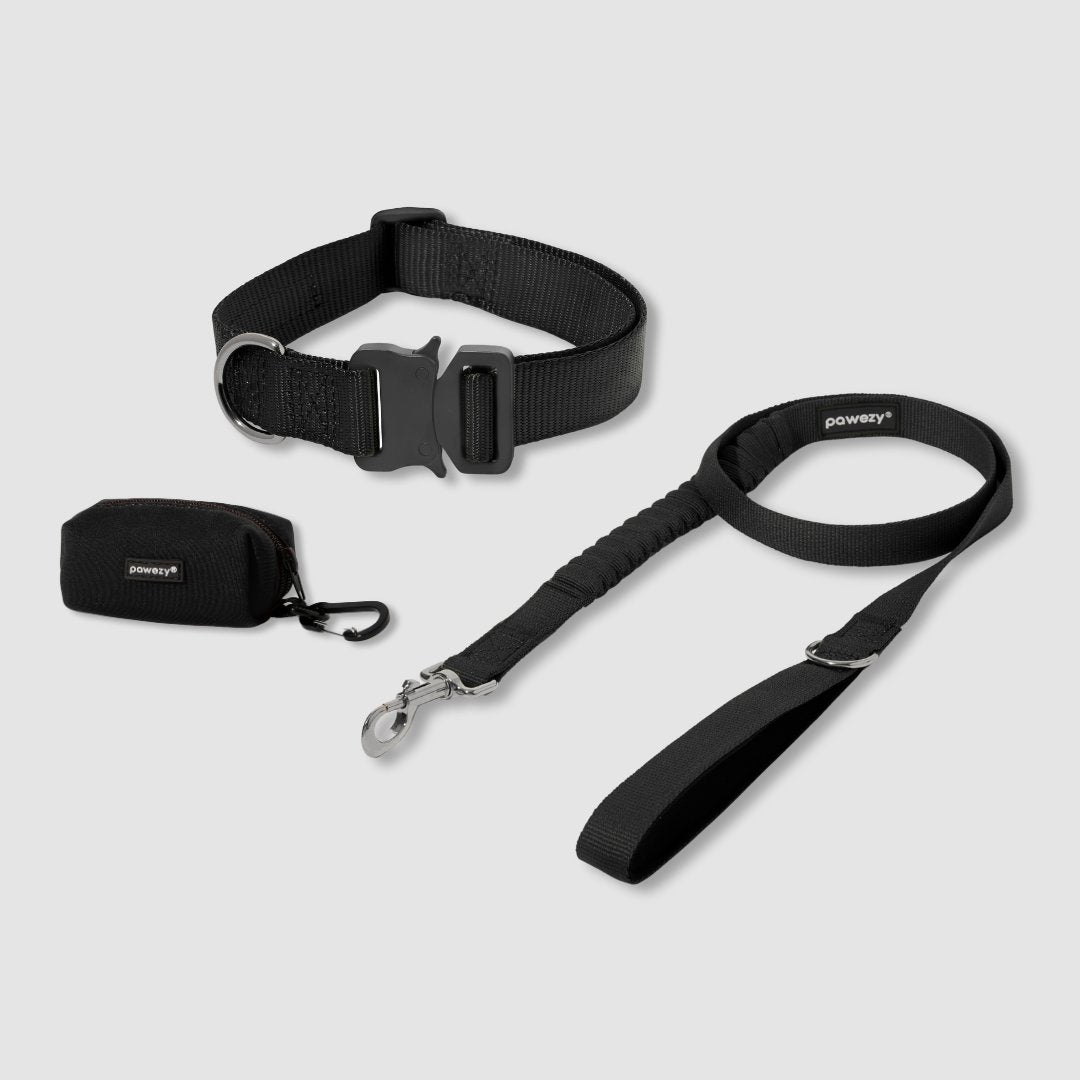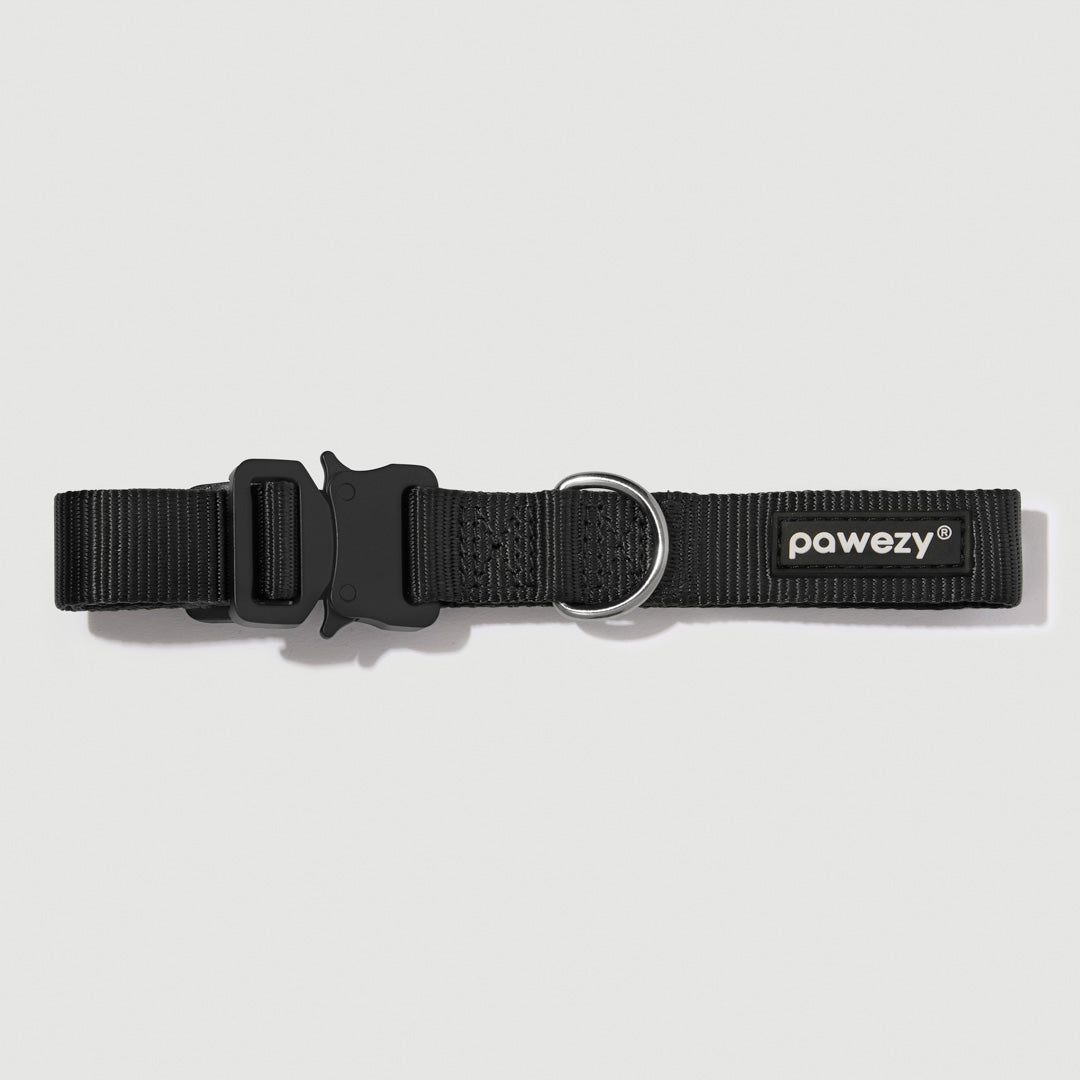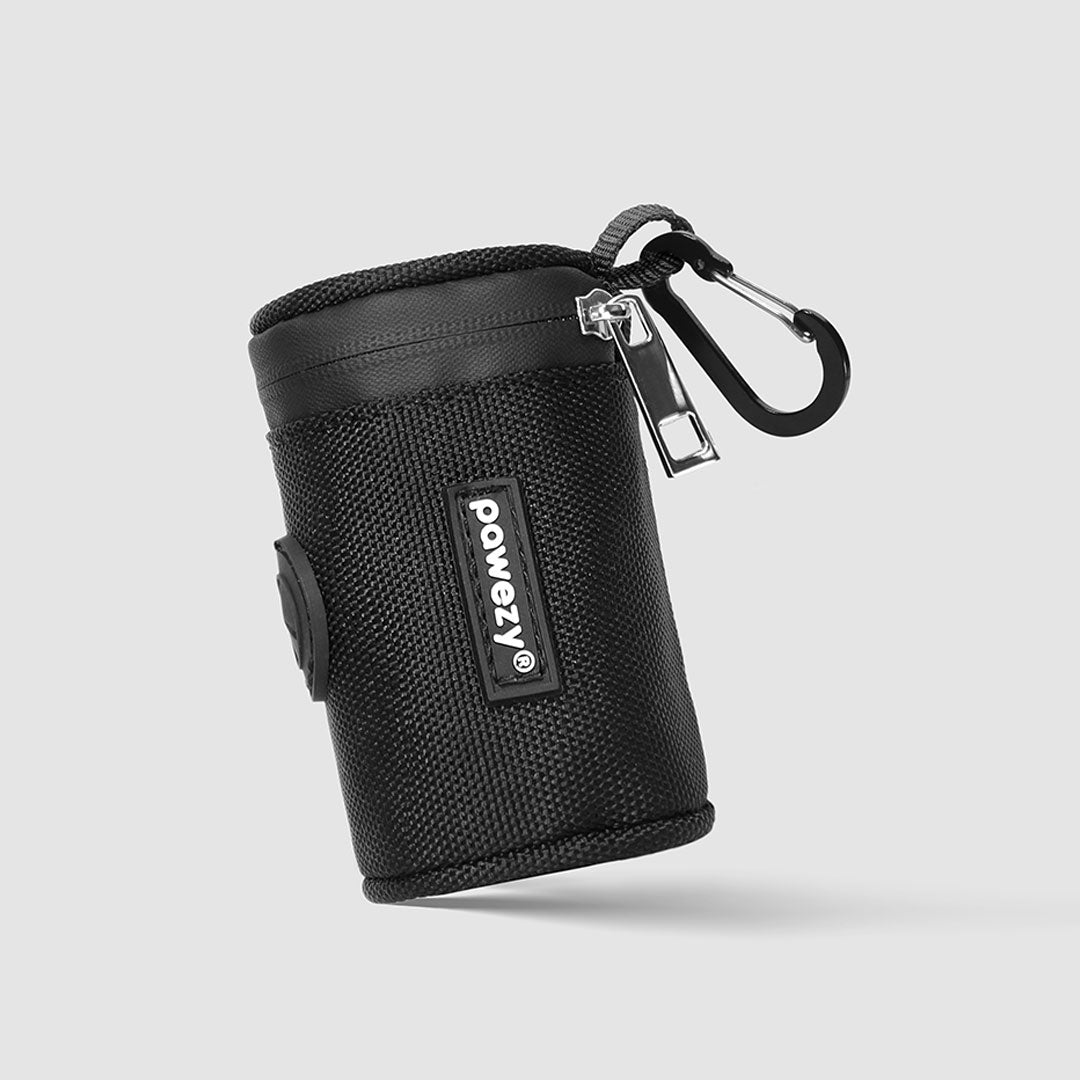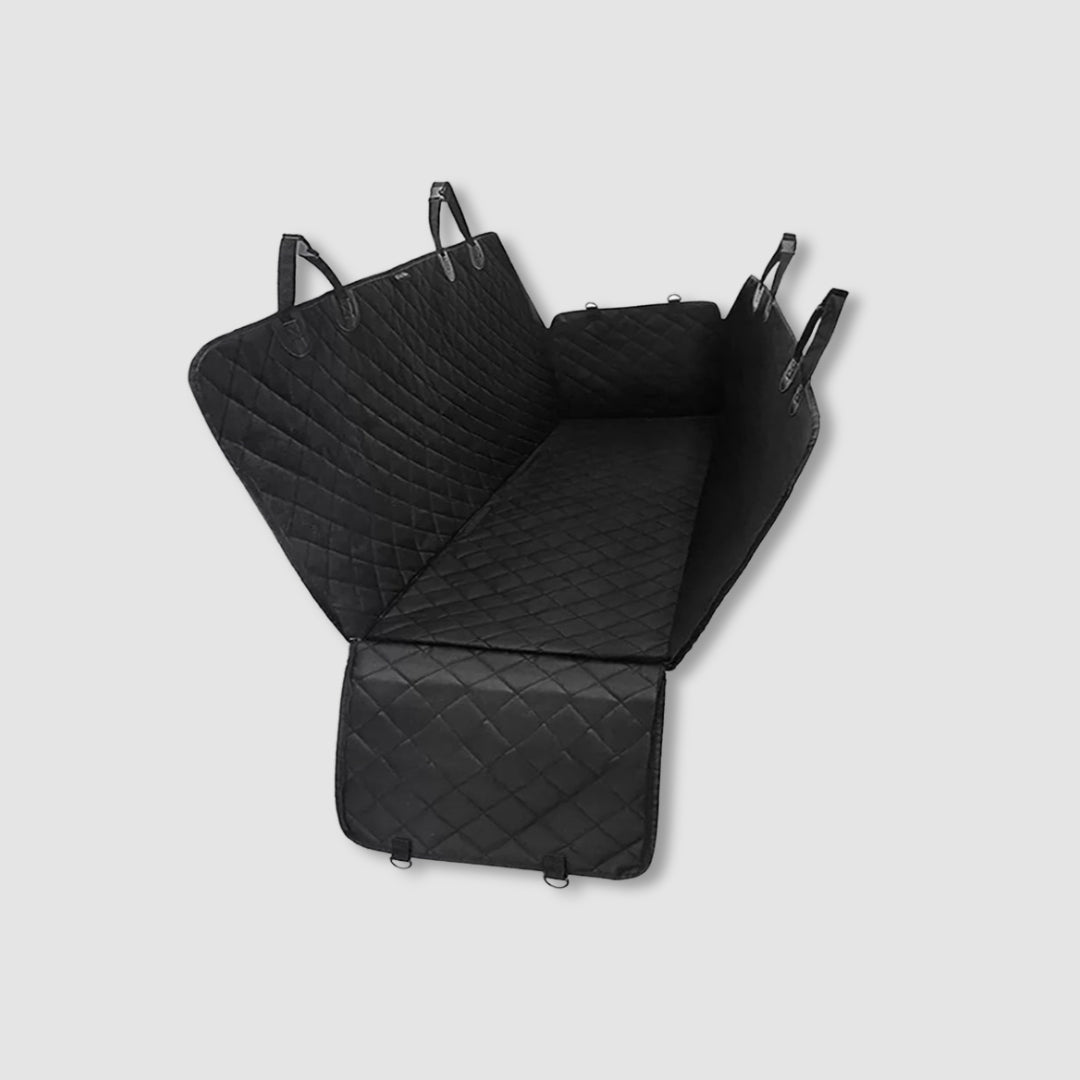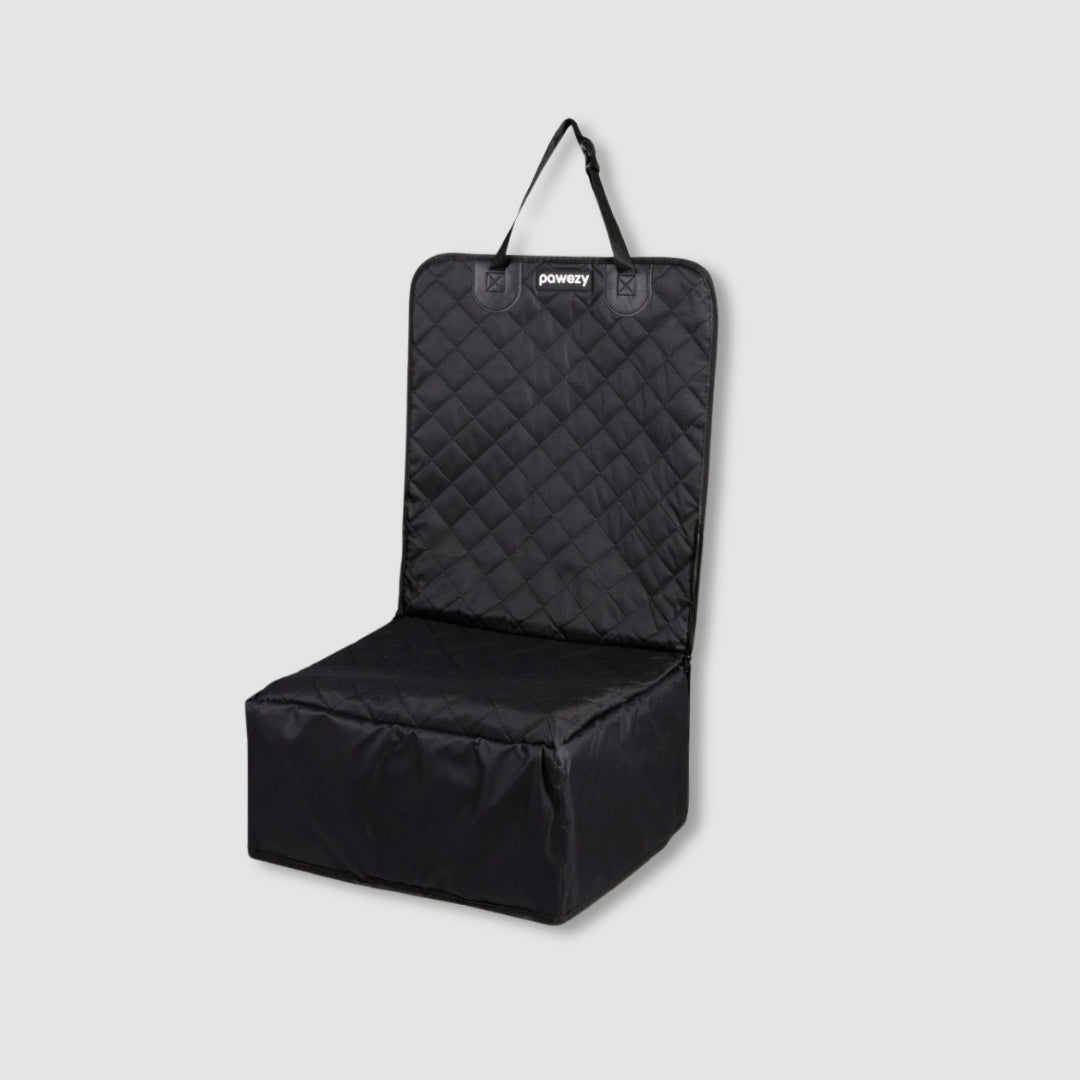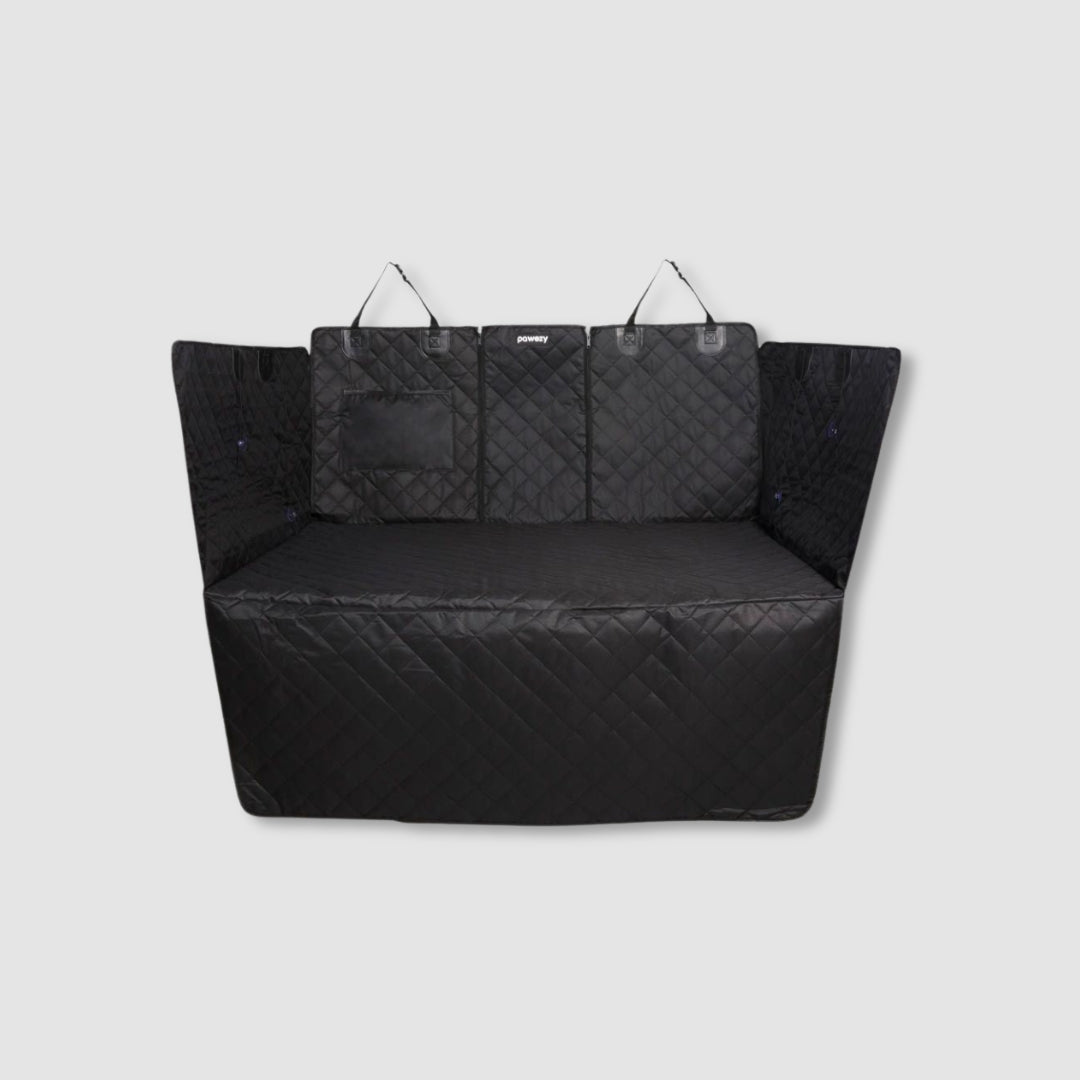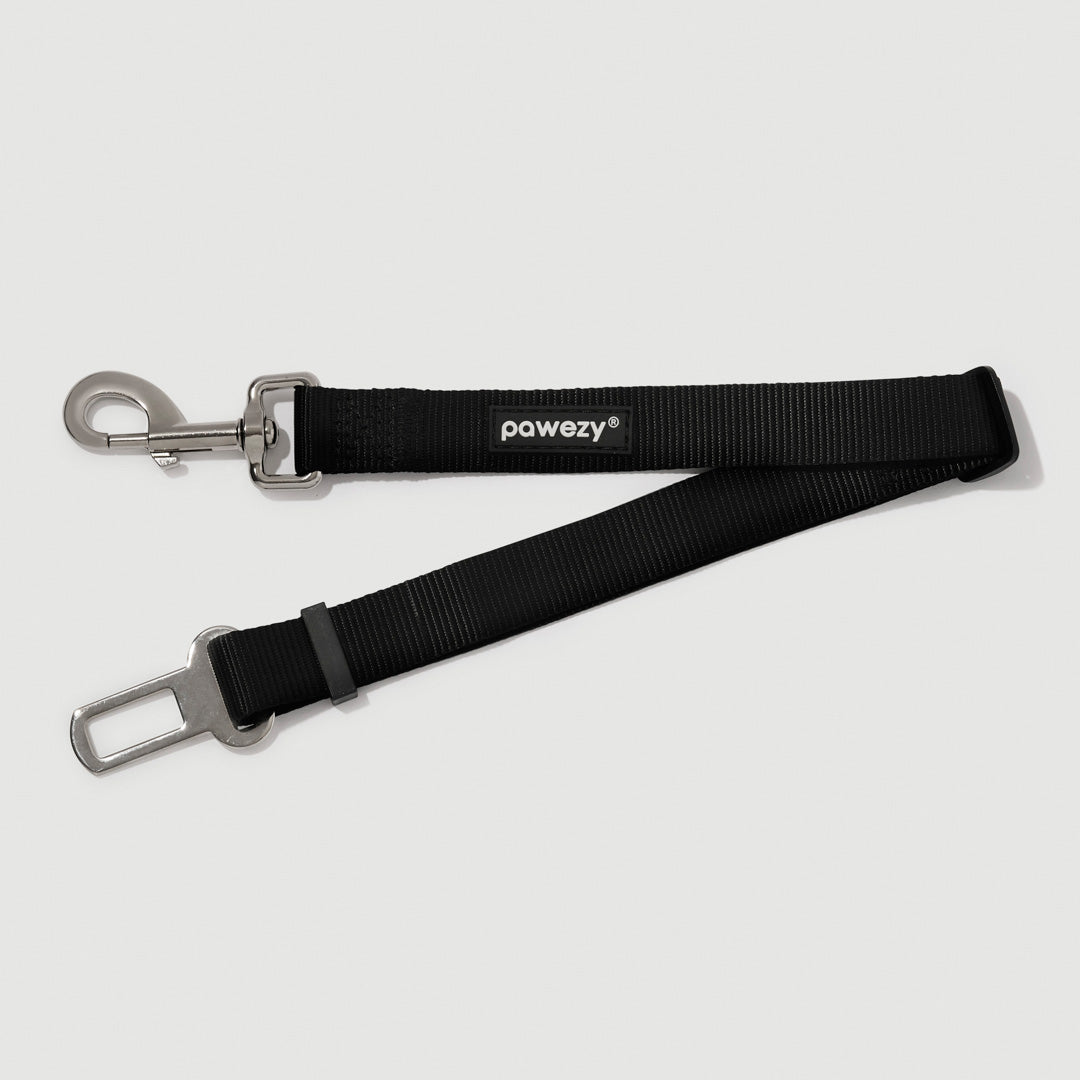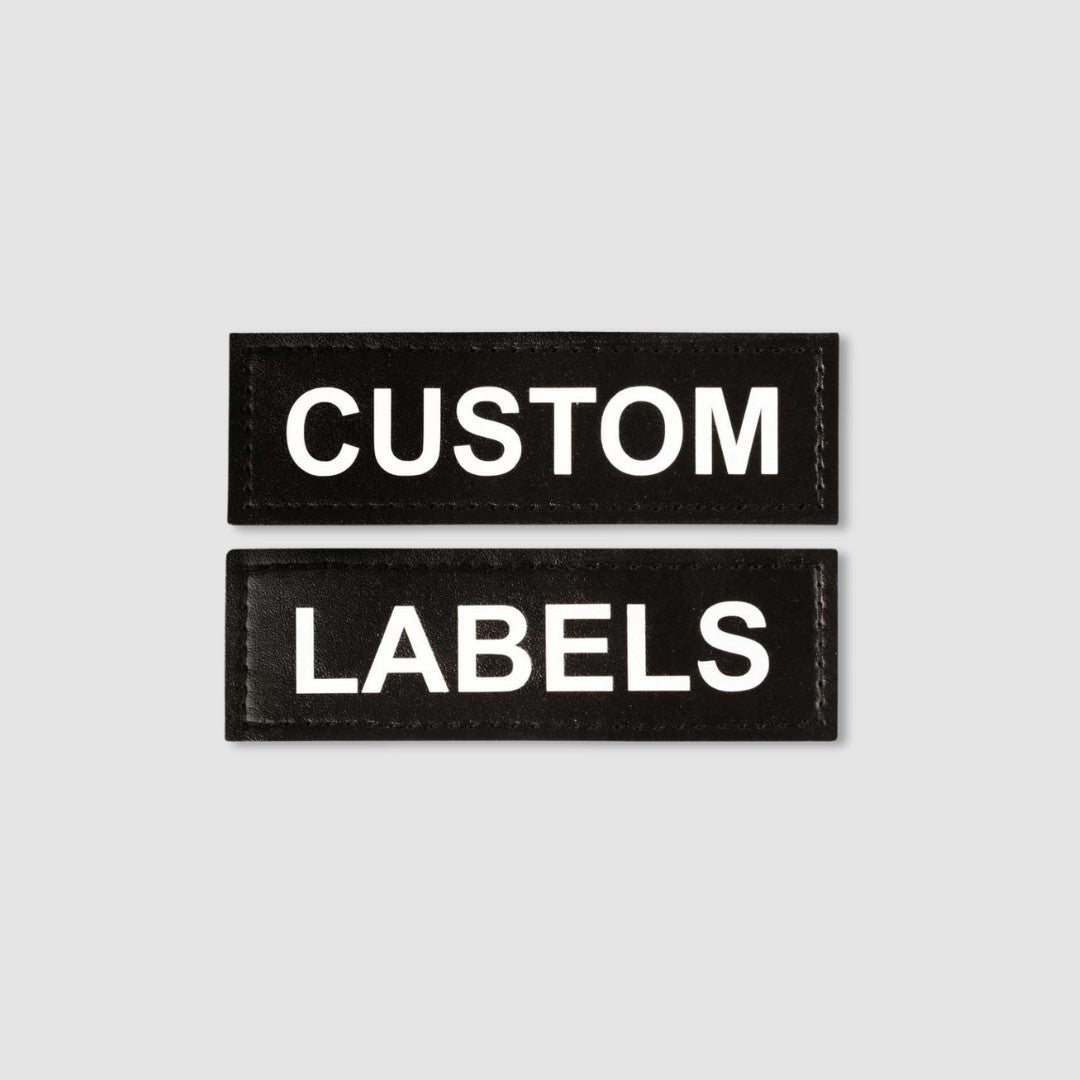Essential Features to Look For in a Dog Harness
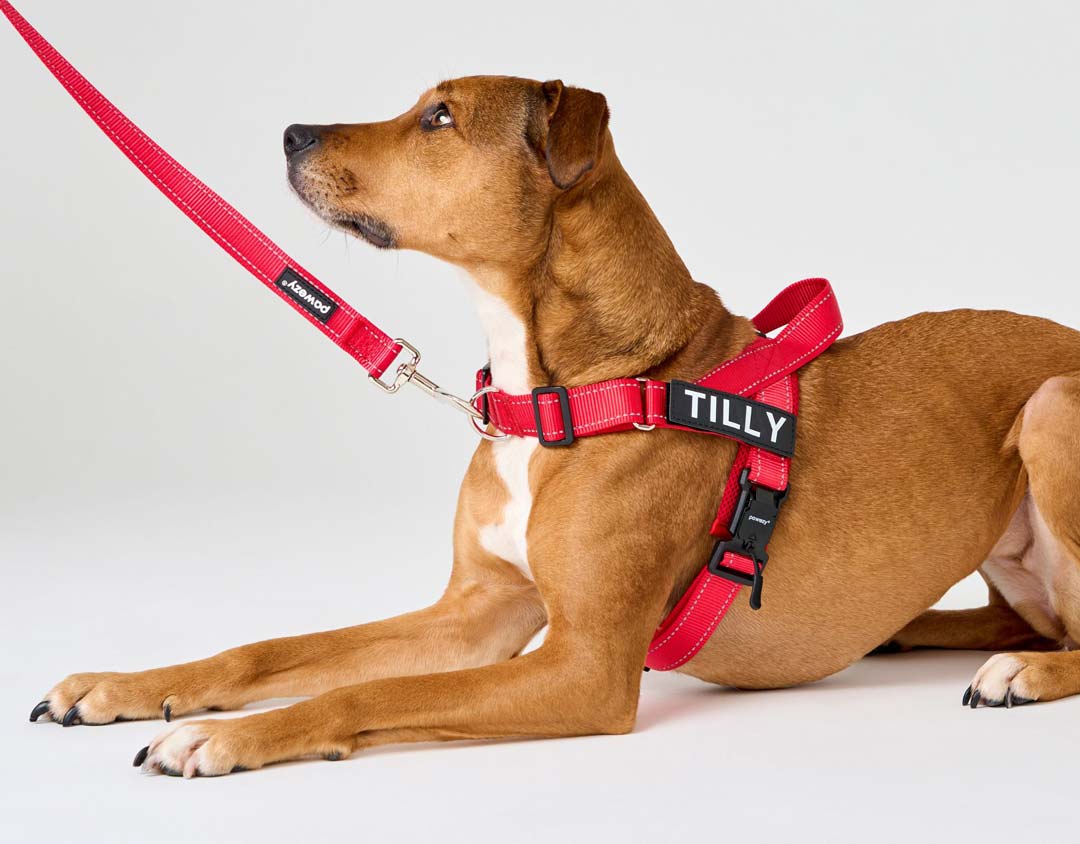
Whether you are just starting to look for a dog harness or you want to replace your existing one, there are so many options out there that it can be hard to know what to look for.
Let us help make that an easier choice for you with our handy list of the essential features to look for when shopping for a high-quality dog harness.
Key Harness Features
Your dog deserves the best, and this guide will help you figure out what that looks like for your pup. The fit, durability, quality, and type are all important factors to consider when you look for a harness for your dog. Here’s how you can compare and contrast different harness features.
Fit
A dog harness can be used for both big and small dog breeds, but one size doesn’t fit all. You want to go for a fully adjustable dog harness that fits snuggly on your pup. First, measure your dog's girth and front chest to identify which size harness suits it.
When fitting it to them, you should be able to fit two fingers between the straps and their body. Your dog’s harness should not restrict their movement in any way.
Anti-Chafing
A poorly designed or poorly fit harness will chafe your dog and cause irritation and pain. You might have the proper size harness, but your dog can experience chafing if the materials are cheap and subpar.
A premium nylon webbing harness will be the most comfortable option for your dog to wear. Padded mesh is another great feature to look for in a harness.
If your dog is suffering from chafing, remove the harness immediately. Wash the irritated area with warm water and a soft cloth, and apply a pet-friendly cream containing aloe vera or coconut oil to reduce the inflammation and moisturise it.
Durability and Washability
Harnesses need to be durable to withstand the wear and tear of daily use. Consider how much maintenance you will put into your harness. A leather harness, for example, will need regular conditioning to stay in great shape. A neoprene harness is worth looking at if your pup is often in and out of the water. Other man-made materials such as nylon are a hardy option for daily use as they are unlikely to fray or break (even when used with active and dogs prone to pulling).
It’s also worth considering how often you must wash your dog’s harness. Some materials require more treatment or can’t be left out in the sun to dry. Nylon harnesses are usually reasonably easy to keep clean by just wiping down with a damp cloth. If they are extra dirty, you can wash them in a washing machine in a gentle setting and then leave them to air dry.
Harness Type
This can be incredibly confusing when you start with harnesses for your dog, as there are many designs. Back clipping, front clipping, dual clipping, no-pull dog harnesses, weight-pulling dog harnesses, head harnesses, and lift harnesses. It’s enough to make anyone go cross-eyed.
Some of these features are design-based, like the clip location. If you are after a harness to reduce pulling, you’d also want to look for a heavy-duty front clip to attach the leash. Back clips on a harness don’t reduce the dog’s ability to pull, but they are easy to clip the leash to. Dual clips offer both a front and back clip, so you have the best of both worlds.
No-pull harnesses safely and securely reduce pulling without causing your dog any discomfort. A weight-pulling dog harness is designed to encourage this behaviour and is a more specialist tool for dogs that need to be trained in safely pulling weight across distances. It could be used with sledge or cart training, search and rescue training, or for sport.
Head harnesses also reduce pulling, but many dogs hate wearing them and might spend most of the walk trying to get them off. Lift harnesses are designed to support your dog when lifted and are safer than attempting to do this without support. They are generally used for older or less mobile dogs.
Extra Features
Some harness designs come with extra features, and it’s worth considering those, as they may make your life easier.
For example, if you walk your dog at dawn or dusk, a harness with reflective stitching would make it safer. The ability to personalise your dog harness with your dog’s name or an important detail like the word “nervous” or “deaf dog” could help others know how to best interact with your dog. Also, different coloured options for the harness can make your dog stand out more or add a pop of colour to make your day more fun.
Once You Have Your Harness
Introducing a new harness to your dog properly is essential, especially if they have never used a harness. Start slow and use lots of treats and reassurance. Once the harness has been correctly fitted, gradually increase the duration they wear it and start doing short walks with them wearing it.
Eventually, you will build up to them wearing their harness whenever they are off out and about, and it will become completely normal to them.

